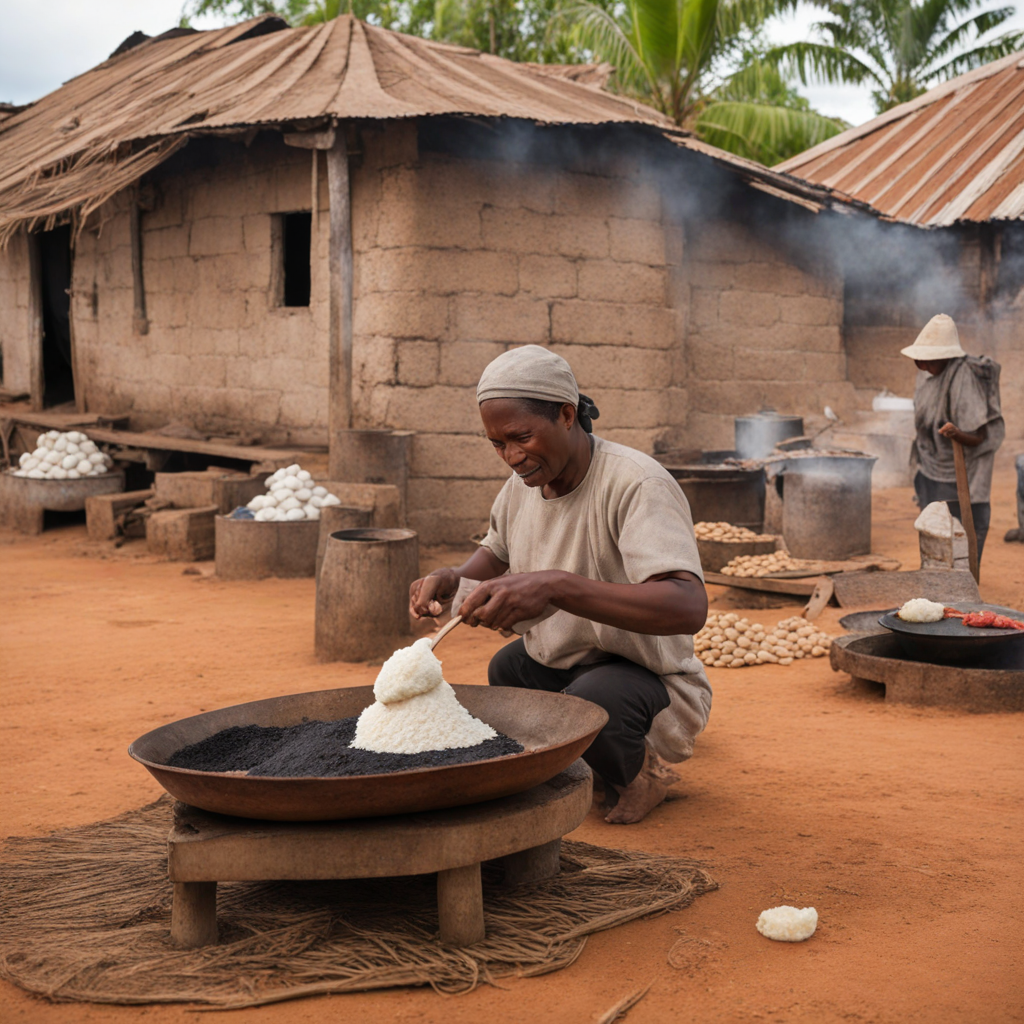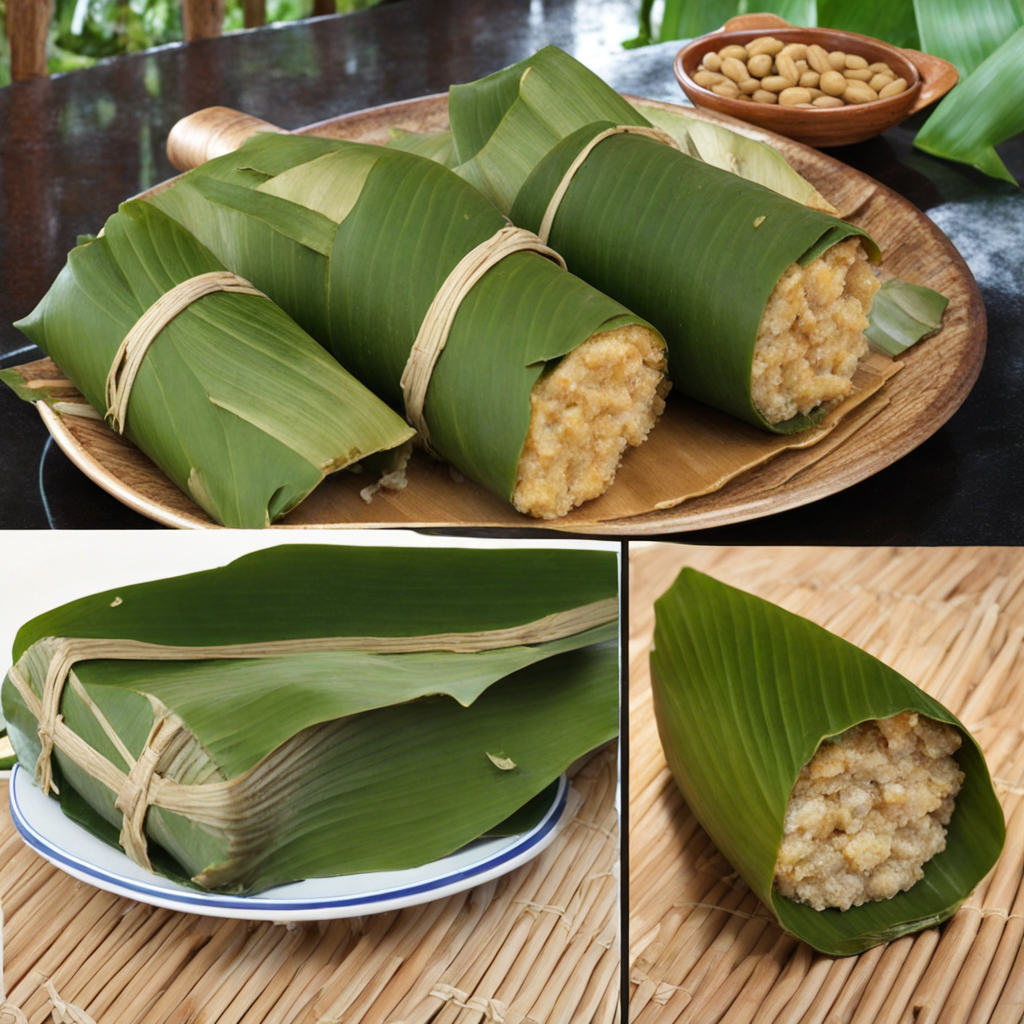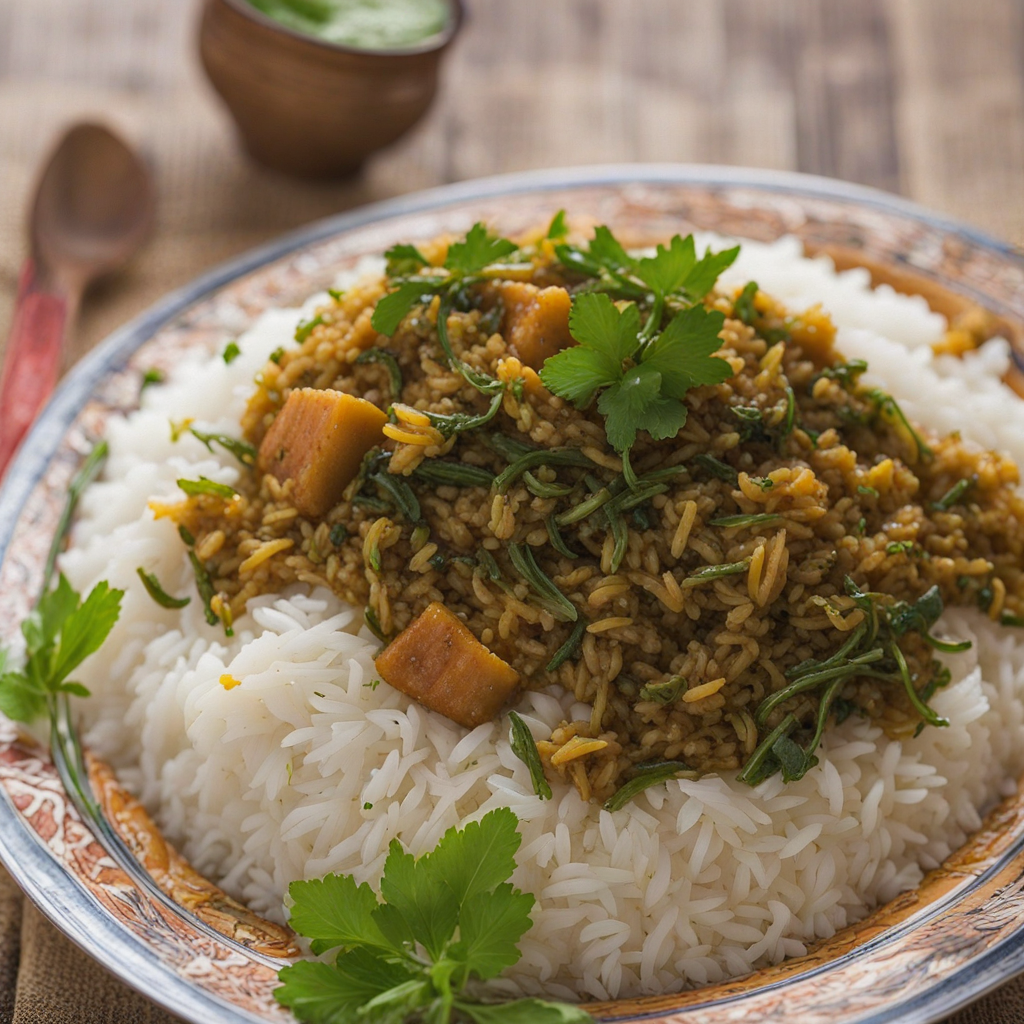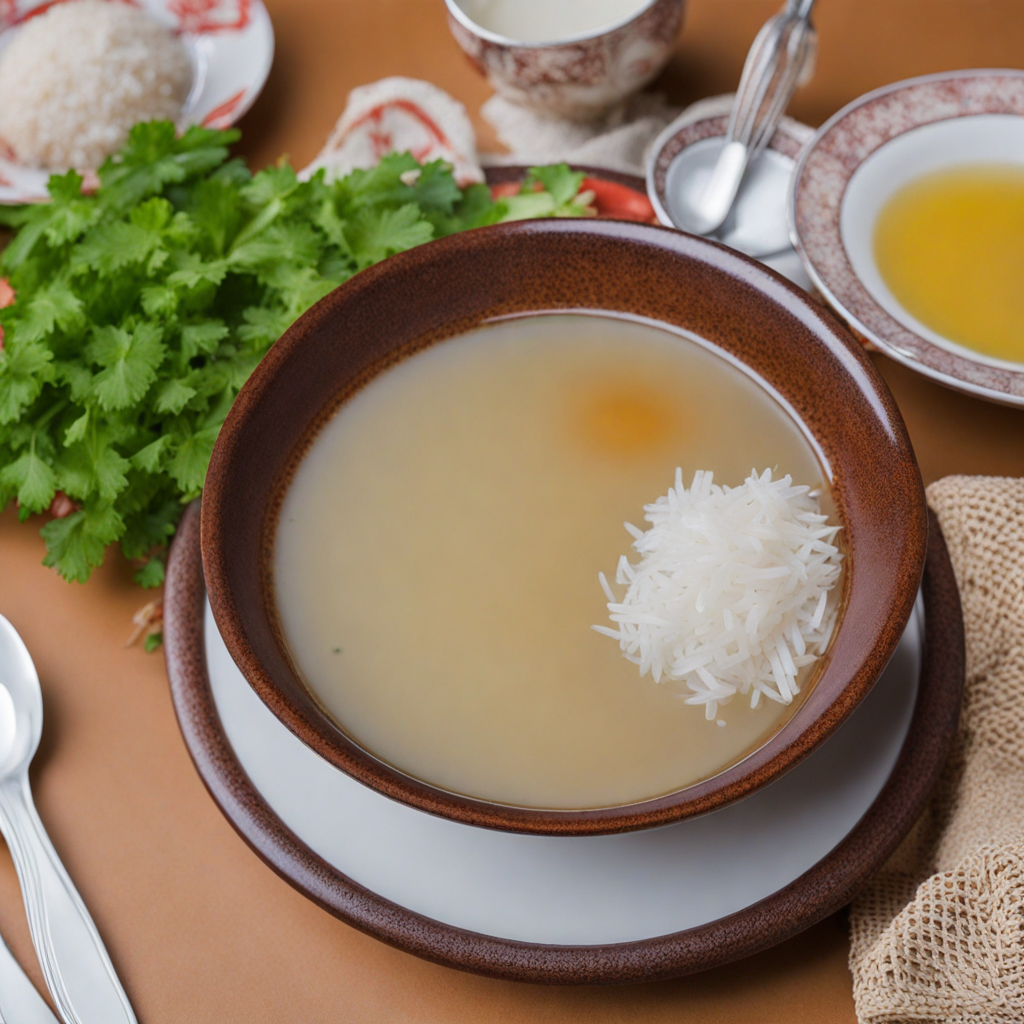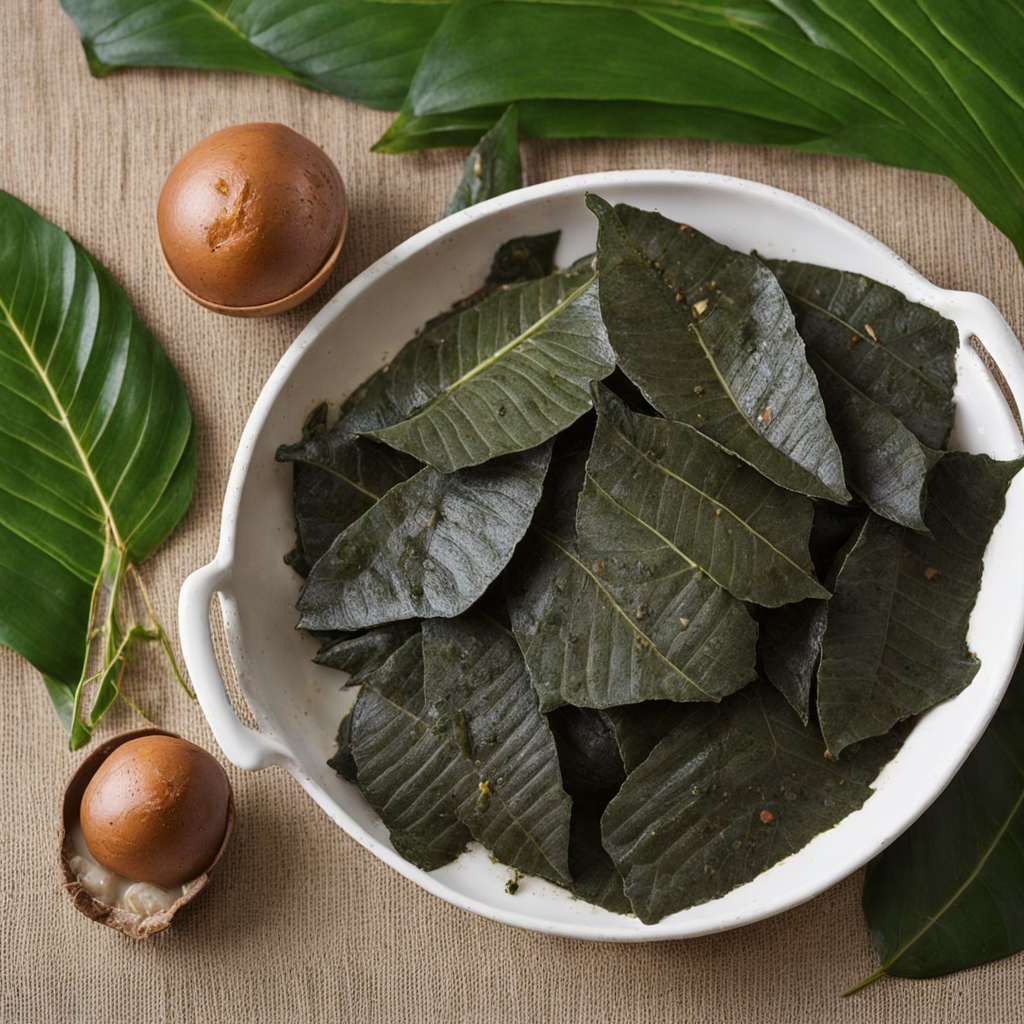Mokary
Mokary is a delightful Malagasy delicacy that tantalizes the taste buds with its unique combination of flavors and textures. This traditional dish is essentially a sweet rice cake, made from glutinous rice that is first soaked and then ground into a fine paste. The rice is mixed with coconut milk, sugar, and a touch of vanilla, creating a rich and creamy batter that is both fragrant and inviting. It is often steamed in banana leaves, which not only preserve moisture but also impart a subtle earthiness to the final product. The result is a soft, slightly chewy cake that is as pleasing to the palate as it is to the eye.
Mokary is typically enjoyed as a snack or dessert, often accompanied by a cup of Malagasy tea. The cake’s sweetness is perfectly balanced by the nutty flavor of the coconut milk, making each bite a delightful experience. Some variations may include additional ingredients like finely grated coconut or a hint of spices, such as cinnamon, enhancing its complexity and appeal. The use of banana leaves for steaming not only adds to the dish's authentic presentation but also infuses it with a delicate aroma that transports you straight to the lush landscapes of Madagascar.
How It Became This Dish
The History of Mokary: Madagascar’s Culinary Treasure Mokary, a beloved dish from Madagascar, encapsulates the island's vibrant culinary heritage and cultural diversity. This traditional rice cake, made primarily from glutinous rice flour, showcases the influences of indigenous Malagasy culture, as well as the various waves of foreign settlers who have made Madagascar their home over the centuries. #### Origins of Mokary: The Intersection of Cultures The roots of Mokary can be traced back to the early settlers of Madagascar, who arrived from Southeast Asia over a thousand years ago. These Austronesian navigators brought with them rice cultivation techniques that would become central to Madagascar's agricultural practices. Rice, being a staple food across the island, found its way into various culinary applications, including Mokary. The word "Mokary" itself is derived from the Malagasy language, where "mokary" means "to steam." This preparation method highlights the importance of steaming in Malagasy cuisine, a technique that preserves the flavors and textures of the ingredients while ensuring a healthy cooking process. The dish is typically made by mixing glutinous rice flour with water and sugar to create a thick batter, which is then poured into small cylindrical molds and steamed until firm. #### Cultural Significance and Symbolism Mokary is more than just a snack; it holds significant cultural value in Madagascar. Traditionally, it is enjoyed during special occasions and celebrations, such as weddings, births, and religious ceremonies. The preparation and sharing of Mokary often symbolize community and familial bonds, reflecting the Malagasy ethos of togetherness and hospitality. In rural communities, Mokary is frequently offered to guests as a sign of respect and goodwill. The act of sharing food is a deeply ingrained tradition in Malagasy culture, and Mokary serves as a delicious vehicle for fostering social connections. Its sweet, chewy texture and subtle flavors make it a favorite among both children and adults, reinforcing its role as a unifying treat. Furthermore, Mokary is sometimes associated with certain rituals, particularly those tied to ancestor worship. In some regions, it is customary to prepare Mokary for the spirits of ancestors during special feasts, ensuring that the bonds between the living and the dead remain strong. This practice underscores the significance of food in Madagascar as a medium for honoring one’s heritage and maintaining cultural continuity. #### Evolution Over Time: Influences and Variations As Madagascar has evolved, so too has Mokary. The island's history is one of cultural amalgamation, influenced by various groups including the Arabs, Indians, French, and Chinese, each leaving an indelible mark on the local cuisine. The globalization of food has also contributed to the evolution of Mokary, introducing new ingredients and flavors that have enriched its traditional recipe. One notable variation of Mokary is the addition of coconut, which enhances its sweetness and adds a tropical flair. This adaptation reflects the island's abundant natural resources and the way in which local ingredients can be incorporated into traditional dishes. Additionally, different regions of Madagascar have developed their own interpretations of Mokary, varying in size, shape, and flavor profiles. For instance, some versions may include spices or fruit, making each locality’s Mokary unique. The rise of tourism in Madagascar has also played a significant role in the evolution of Mokary. As visitors flock to the island to experience its rich culture and stunning landscapes, local chefs and home cooks have begun to present Mokary not only as a traditional dish but also as a culinary attraction. This has led to innovative twists on the classic recipe, such as incorporating chocolate or exotic fruits, appealing to a broader audience while still paying homage to its roots. #### Mokary in the Modern Era: A Culinary Bridge In contemporary Madagascar, Mokary remains a staple treat, often sold by street vendors and served at markets, where the sweet aroma of steaming rice cakes wafts through the air. The dish has become a symbol of Malagasy identity, cherished by locals and celebrated by those who have come to appreciate the island's unique gastronomic offerings. Moreover, Mokary has found its way into international culinary circles, with chefs and food enthusiasts looking to Madagascar for inspiration. As global interest in authentic and diverse cuisines grows, Mokary stands out as a testament to the island's rich culinary narrative. Cookbooks and food blogs are beginning to feature recipes for Mokary, allowing home cooks around the world to experience a taste of Madagascar from their kitchens. Social media platforms have also played a key role in the resurgence of traditional dishes, with users sharing their Mokary recipes and experiences. This digital age has fostered a global community that celebrates local culinary traditions, and Mokary is no exception. The dish has gained a following among food lovers who appreciate its cultural significance and unique flavor profile. #### Conclusion: A Dish That Tells a Story Mokary is more than just a delicious rice cake; it is a reflection of Madagascar's rich history, cultural diversity, and communal values. From its origins in ancient agricultural practices to its modern adaptations and global recognition, Mokary serves as a culinary bridge that connects people across generations and geographies. In every bite of Mokary, one can taste the histories of the Malagasy people, their triumphs, and their traditions. As this dish continues to evolve, it remains a cherished symbol of Madagascar's identity, reminding us of the power of food to bring people together and celebrate the past, present, and future. Whether enjoyed at a family gathering or offered to a guest, Mokary embodies the spirit of hospitality and community that defines this remarkable island nation.
You may like
Discover local flavors from Madagascar


